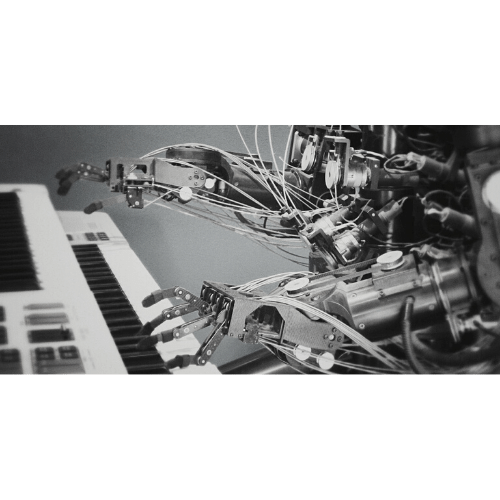The Tactile Internet has the potential to dramatically change the way humans live, work and play. Imagine being able to feel the texture of an object while shopping online, or experiencing realistic haptic feedback while playing a virtual reality game.
